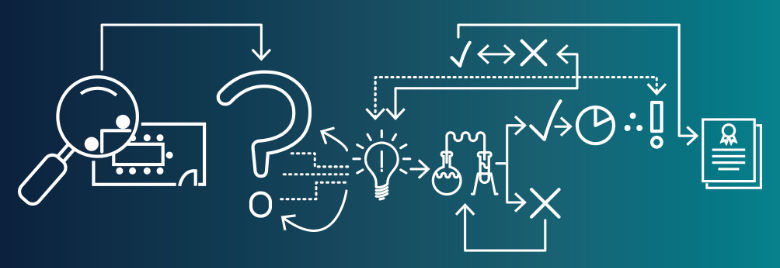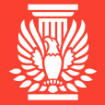Why your workplace needs second grade science

Science makes the world — and the workplace — better
On Earth Day last month, as thousands supported March for Science events around the world, we at PLASTARC were reminded of all the ill fated and self destructive things we, as a society, might still be doing if it weren’t for science. We might still be avoiding “night air” instead of washing our hands to prevent the spread of disease. We might still be discharging raw industrial pollution into waterways. We might still be wearing uranium-glazed radioactive jewelry!
Unfortunately, lots of unproductive and potentially harmful things are still occurring in our workplaces because people aren’t employing even the vaguest notions of the scientific process to address them. The good news is that we can work smarter, and we can start right now. Yes—“we” means everyone!
Flip down to the On Our Minds section for a primer on putting the scientific process to work in your workplace, even if you don’t own a microscope.
On our minds
At PLASTARC, we’re unabashed fans and followers of the scientific process. Through our team’s many years of experience in workplaces (and science-places) around the world, we know that following a thoughtful progression of observation, research, and experimentation to solve problems works just as well in the built environment as it does in a petri dish.
We’re also all about empowering occupants to make their workplaces work better for them, whether they happen to be professional scientists or not. Like the elementary school version of the five senses we use to talk about multisensory design, the essential elements of the scientific process - that you likely learned in second grade - can be applied by anyone inhabiting a space to assess its problems and identify some realistic solutions.
Here’s a simple example:
1) Make an observation
There are a lot of people in Room A, and they look happy. There are fewer people in Room B, and they look bored.
2) Ask a question
Why are there more people in Room A than Room B? Why do the A people look happy and the B people not?
3) Make a hypothesis
I think more people are in Room A and they look happy because it’s sunny and there’s pizza in there. I think fewer people are in Room B and they look bored because there’s no sunshine and no pizza.
If I open the blinds and add refreshments to Room B, then people will start to look happy, and more people might arrive.
4) Conduct an experiment (aka: fail fast facilities management)
I opened the blinds and ordered snacks for Room B; now the room is filled with happier looking people!
5) Draw conclusions
If we want people to occupy our rooms and look happy, we should give them sunlight and food.
6) Report your results
Hey boss, I have an idea...
See? You just made the world a little better, and you didn’t even have to don your horn-rimmed glasses.
From the archives
In Case You Missed It

Smart Cities NYC ’17
From May 3 - 6, we were delighted to attend this first-of-its-kind conference and expo about technology and urban life that’s working to make cities safer, smarter, and all-around better.

WorkTech17 New York
On May 5, we moderated this event’s concluding “unconference” at R/GA—“the world's most connected office,” according to Forbes. (Given that we spoke with R/GA about our uniique approach to workplace design before they decided to move, we enjoyed the space just a bit extra!)

Global Coworking Conference Unconference (GCUC)
From May 5 - 7, we reunited with some of our favorite colleagues in the coworking world to discuss how the co-everything movement is changing the way we work and play.

Rebirth of the Office: Reimagining Corporate Real Estate
On May 18, we explored what a cubicle-free future of work looks like, and whether workplaces will even be a part of it, at this Cornell University ILR event. You may watch a recording of the event here.
Looking Ahead
It always feels good to get out in the springtime and stretch our winter-weary limbs. The PLASTARC team is especially excited to be headed out this spring to the events below. Whether we’re organizing, presenting, or attending, we’re always excited to exchange thoughts about workplace design with our esteemed peers.




